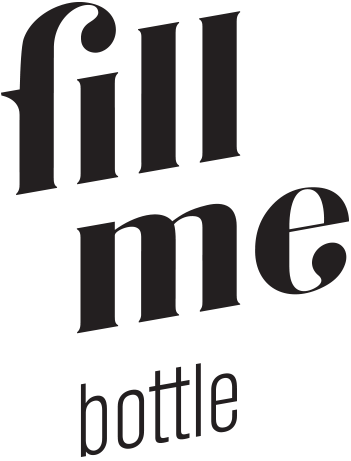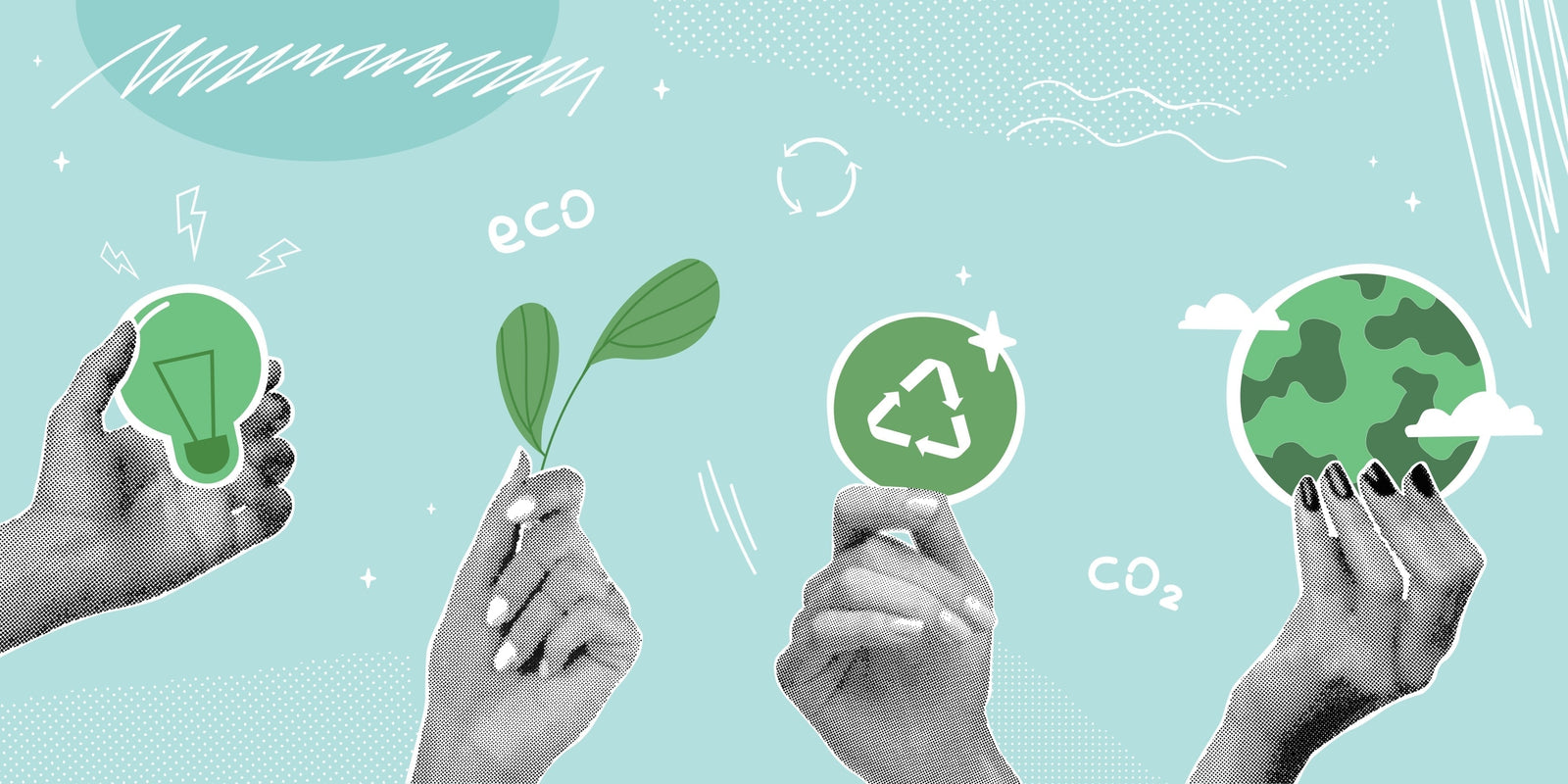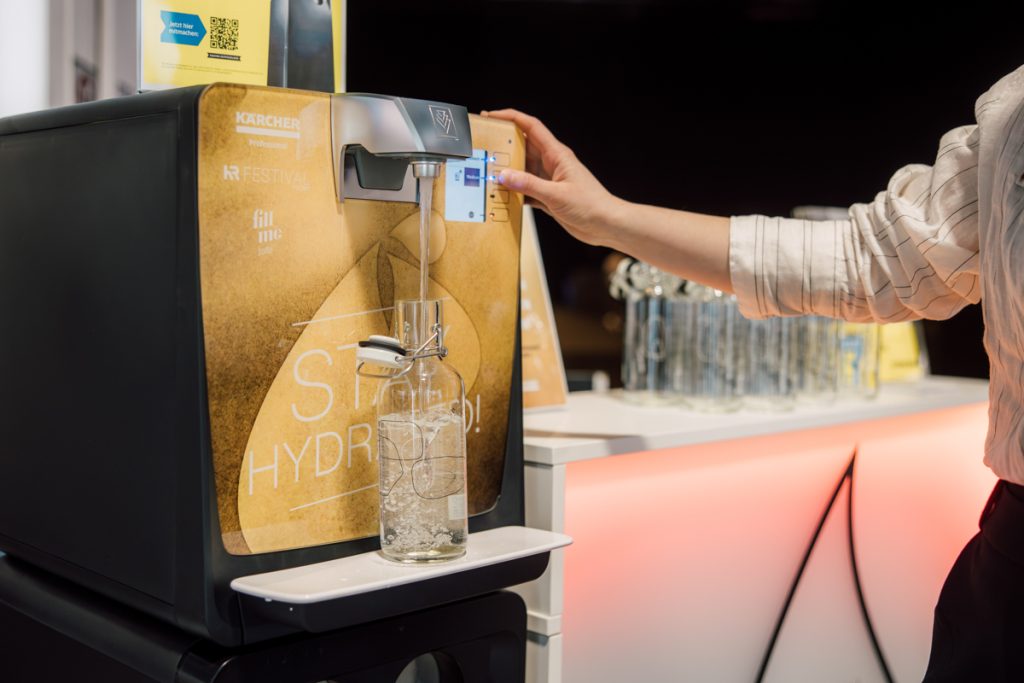After just two days, the FILL ME bottle has a better carbon footprint than mineral water.
Bottled, imported mineral water causes around 300 grams of C02 per liter, while Swiss mineral water causes around half that amount, which is still 1.5 DL - per liter! By using tap water, we can all make a contribution to protecting the environment without having to make any sacrifices.
But even the production of a reusable bottle like our FILL ME bottle consumes resources and causes CO2 emissions. We wanted to find out for sure and asked the University of Applied Sciences Northwestern Switzerland to calculate this. Two students took on the task as part of their CAS in "Development and Environment" in fall 2022.
The result in a nutshell: A 1L FILL ME bottle causes total emissions of 1,000 grams of CO2.
So if two liters of water are drunk from the FILL ME bottle every day, the carbon footprint is already better after around 1.5 days than with imported mineral water, and after around 3 days with Swiss mineral water.
Procedure
The two students considered all elements along the entire production process, from the extraction of raw materials to production and storage. With the help of all five manufacturers/logistics companies involved, they drew up a detailed life cycle inventory, used software to determine the impact assessment and thus created a life cycle assessment.
Result
A total of 0.732 kg CO2-eq is emitted per 6DL FILL ME bottle for the extraction of raw materials, the distribution of raw materials, the production of bottle components and packaging, and distribution to the warehouse or end customer. Per 1L FILL ME bottle 1.0 kg CO2-eq.For comparison: the production of a 0.6 liter FILL ME bottle emits the same amount of CO2 as a 5.7 km car journey in a VW Golf.
The largest proportion is generated during production for energy (42%) and raw materials (27%). As all manufacturers/logistics providers are located in Switzerland or Germany, there are comparatively few transport kilometers.

Comparison
We would have liked to compare our carbon footprint with other manufacturers, especially those that produce outside Europe. For example, all chrome steel bottles come from the Far East and their transportation is likely to have a negative impact on the carbon footprint. Despite intensive research and written inquiries, no other manufacturer was willing or able to share this carbon footprint with the students.
Are you interested in the study? Order the results directly from us.




